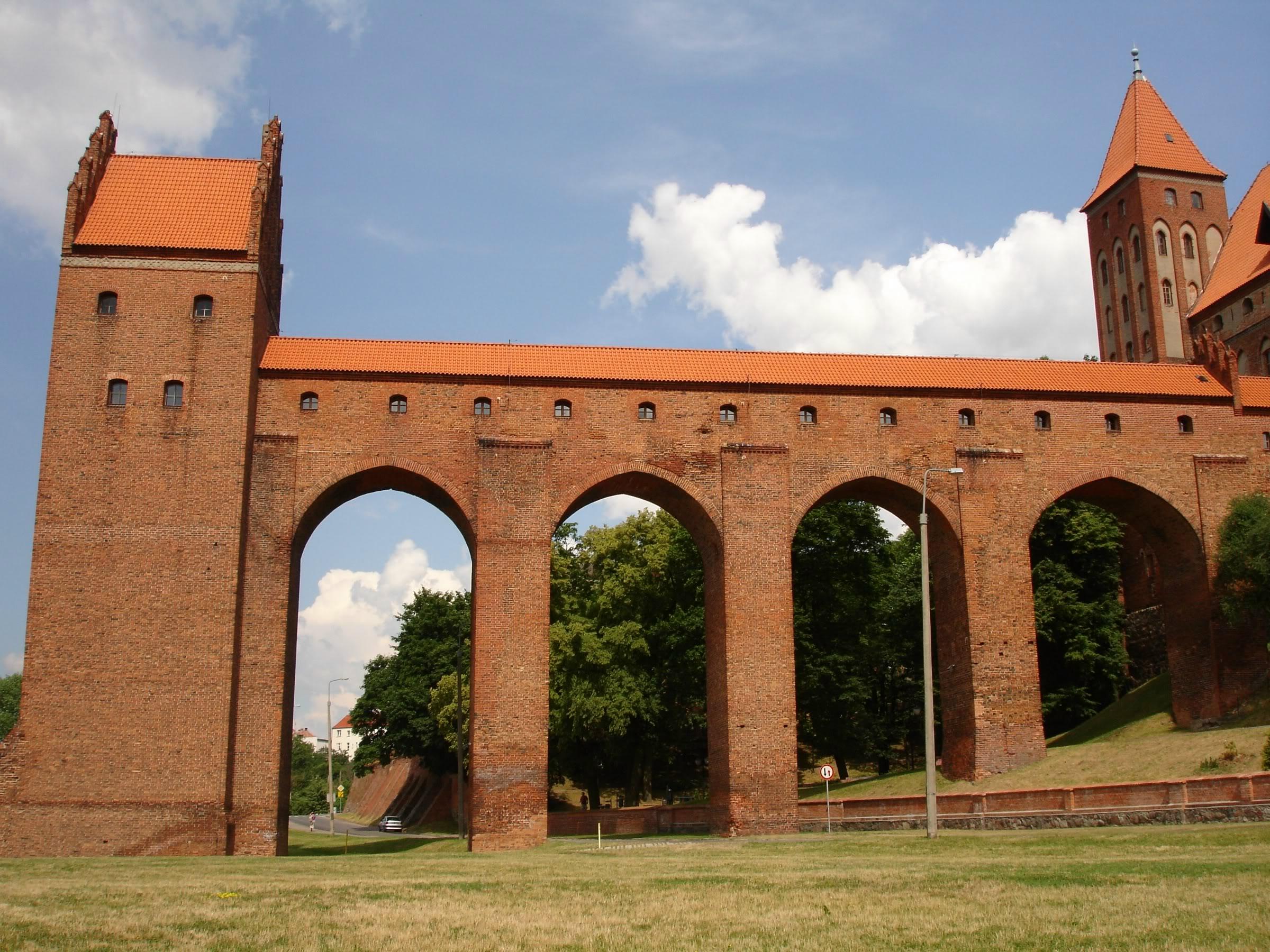Toilet Tower on:
[Wikipedia]
[Google]
[Amazon]

 A dansker (also ''danzker'') is a
A dansker (also ''danzker'') is a
Dansker (gdanisko)
at medievalheritage.eu (pl) Toilets Castle architecture {{Architecturalelement-stub

 A dansker (also ''danzker'') is a
A dansker (also ''danzker'') is a toilet
A toilet is a piece of sanitary hardware that collects human urine and feces, and sometimes toilet paper, usually for disposal. Flush toilets use water, while dry or non-flush toilets do not. They can be designed for a sitting position popu ...
facility, belonging to a castle
A castle is a type of fortified structure built during the Middle Ages predominantly by the nobility or royalty and by military orders. Scholars debate the scope of the word ''castle'', but usually consider it to be the private fortified r ...
, that is housed in a tower over a river or stream. The tower, a type of garderobe tower
Garderobe is a historic term for a room in a medieval castle. The ''Oxford English Dictionary'' gives as its first meaning a store-room for valuables, but also acknowledges "by extension, a private room, a bed-chamber; also a privy".
The word der ...
, is linked to the castle over a bridge
A bridge is a structure built to span a physical obstacle (such as a body of water, valley, road, or rail) without blocking the way underneath. It is constructed for the purpose of providing passage over the obstacle, which is usually somethi ...
, which has a covered or enclosed walkway. The ''dansker'' is frequently found on German ''Ordensburg
''Ordensburg'' (plural ''Ordensburgen'') is a German term meaning "castles/fortresses of (military) orders", and is used specifically for such fortified structures built by crusading German military orders during the Middle Ages.
Medieval Ord ...
en'' and is an architectural feature of the 13th and 14th centuries.
The origin of the word, first used in 1393, probably comes from the town of Danzig.
A famous example is the ''dansker'' at Kwidzyn Castle
Kwidzyn Castle (german: Burg Marienwerder) is a large brick gothic castle in the town of Kwidzyn, Poland. It is an example of the Teutonic Knights' castle architecture.
Description
The castle is located by Gdańska Street (''Ulica Gdańska'' in ...
in Poland, although it was rebuilt in the 19th century and no longer retains its medieval appearance.
If dansers or a garderobe were not available, outhouses served as toilet facilities in castles. However, if many people stayed in the castle permanently, these were no longer sufficient, and a separate exit over running water was then more appropriate. That is why Dansker are mainly found at German Ordensburgen, which were constantly occupied by a large number of knights.
References
* Horst Wolfgang Böhme, Reinhard Friedrich,Barbara Schock-Werner
Barbara Schock-Werner (born 23 July 1947, Ludwigsburg) is a German architect, and was until her retirement end of August 2012 the master builder at Cologne Cathedral with overall responsibility for conservation and restoration work. With the offic ...
(ed.): ''Wörterbuch der Burgen, Schlösser und Festungen''. Reclam, Stuttgart, 2004, , p. 108.
* ''Dansker.'' In: Ernst Seidl (ed.): ''Lexikon der Bautypen.'' Reclam, Stuttgart. 2006, , p. 115–116.
* Walther Huber: ''Dansker.'' In: ''Reallexikon zur Deutschen Kunstgeschichte.'' Band III. 1954, Sp. 1050–1052 (online).
* Otto Piper: ''Burgenkunde.'' Ackermann, München 1895, S. 505–510 (Digitalisat in der Google-Buchsuche).
External links
Dansker (gdanisko)
at medievalheritage.eu (pl) Toilets Castle architecture {{Architecturalelement-stub